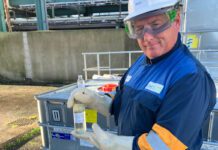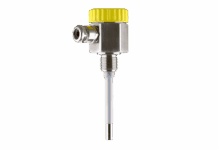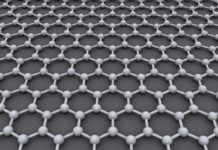A storage company and a membrane fabricator have joined forces for a major push into the biogas sector.
Kirk Group, which specialises in liquid and biogas storage, has struck a partnership deal with Power Plastics for the production of Biodome double membrane gas holders in the UK in a move that the pair said will provide greater controls on quality and testing prior to site installation.
Kirk have installed FIAB welding machinery in the Power Plastics manufacturing facilities, giving them the high-tech equipment necessary to produce the Kirk-designed biogas membranes. Power Plastics has invested to increase the size of its manufacturing facility by 33%.
The two companies said the partnership will give the global anaerobic digestion and biogas market “an unrivalled combination of design, engineering, manufacturing and contracting expertise”.
Kirk will incorporate the biogas membranes into its Biodome storage products.
“This partnership has many benefits for the industry,” said Andy Beetles, managing director at Power Plastics. “The quality of our manufacturing along with Kirk Group’s design, engineering and project management skills, will improve the supply of the finished product to the global client base, which is demanding an ever improving service.”
The venture is strengthened through a long-term agreement with Verseidag GMBH which will manufacture the fabrics to what is described as “a very highly designed and detailed specification”.
“We consider this whole investment and partnership agreement to represent the most significant advancement in our industry for many years,” commented Andrew Peace, Kirk Group’s managing director.
Elsewhere, Kirk Environmental is preparing to begin a refurbishment project for an anaerobic digestion plant at Somerset firm Cannington Cold Stores.
The work will start on site in January and will involve replacement of the top ring sheets to a damaged pasteurisation tank together with a new external beam roof. Steelwork will be taken down for reuse and the cladding sheets will then be removed from the tank wall to enable access to the wall joints. The top ring will be unbolted from the tank wall allowing the entire roof and top ring to be removed in one unit.
The replacement top ring and roof will be constructed at ground level as one unit and then be craned into position with the new angles, also to be installed by Kirk, on the new roof and top of the tank, bolted together to create a gas tight seal, allowing the roof to be bolted to the tank without the need for internal scaffolding.






